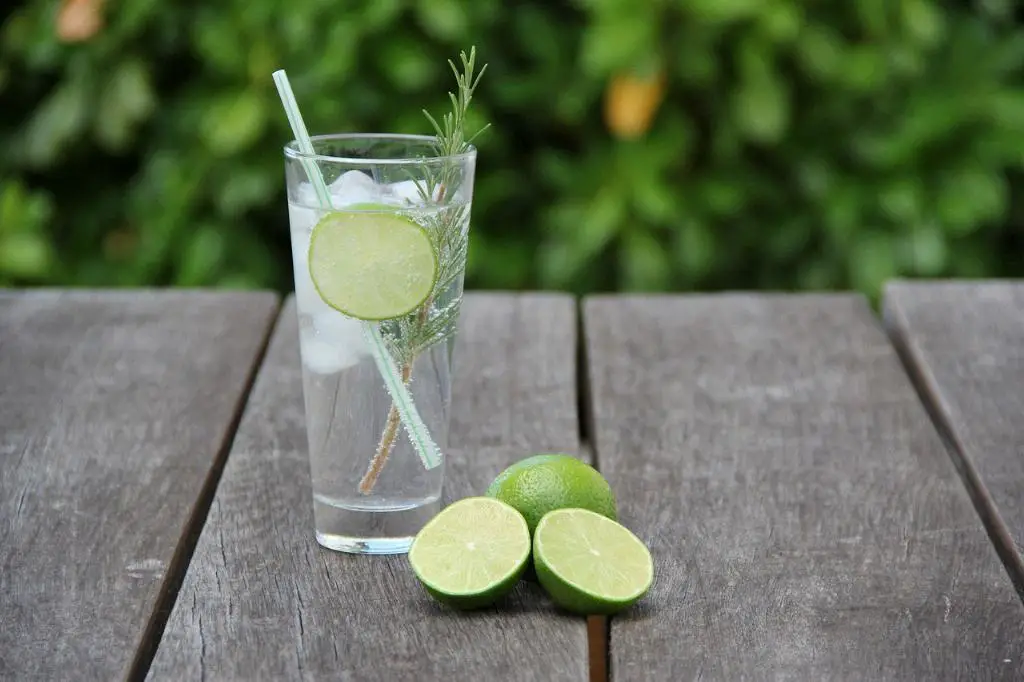Gin trash, also known as gin waste, refers to the residual materials left behind after the ginning process of cotton. It is composed of various components, including immature seeds, sticks, leaves, short fiber lint, and sand. While gin trash may sound like a waste product, it can actually have several practical uses and benefits.
1. The Composition of Gin Trash
Gin trash is a byproduct of the cotton ginning process, which separates the cotton fibers from the seeds. It consists of components such as immature seeds, sticks, leaves, short fiber lint, and sand. These materials are collected in the ginning machinery and are typically discarded as waste.
2. Utilization in Agriculture
Gin trash can be utilized as an organic fertilizer in agricultural practices. Due to its composition, it contains valuable nutrients and organic matter that can enrich the soil. When applied to fields, gin trash improves soil structure, enhances moisture retention, and promotes better plant growth. Its organic nature also promotes sustainable farming practices.
3. Animal Feed Supplement
Gin trash can serve as a valuable supplement in animal feed. While not suitable for direct consumption, it can undergo processing to remove any impurities and then be incorporated into livestock feed. The fibrous nature of gin trash provides bulk and adds dietary roughage for animals, improving digestion and overall health.
4. Potential Energy Source
Gin trash can be used as a renewable energy source. Through various conversion processes, such as gasification or pyrolysis, gin trash can be transformed into biofuels, biogas, or even electricity. This presents an environmentally friendly alternative to traditional fossil fuels, reducing greenhouse gas emissions and dependence on non-renewable resources.
5. Mulching Material
In gardening and landscaping, gin trash can serve as an effective mulching material. By spreading a layer of gin trash around plants and trees, it helps suppress weed growth, prevent soil erosion, regulate soil temperature, and retain moisture. Additionally, as gin trash breaks down, it adds organic matter to the soil, further enhancing its fertility.
6. Composting Ingredient
Gin trash can be incorporated into compost piles or bins as one of the organic ingredients. Its combination of carbon and nitrogen-rich materials helps to balance the composting process and accelerate the decomposition of other organic waste. The resulting nutrient-rich compost can then be used as a soil amendment to enhance garden beds and potted plants.
7. Sustainable Waste Management
Utilizing gin trash as a valuable resource contributes to sustainable waste management practices. By repurposing this byproduct, it reduces the amount of waste sent to landfills, minimizing the environmental impact. This approach aligns with the principles of a circular economy, in which waste is transformed into valuable resources instead of being discarded.
8. Limitations and Challenges
Despite its potential benefits, there are certain limitations and challenges associated with the utilization of gin trash. The presence of impurities, such as sand or foreign objects, may require additional processing steps for certain applications. Additionally, transportation and storage logistics need to be considered to ensure the efficient use of gin trash.
9. Innovations and Research
Ongoing research and innovation in the field of gin trash utilization continue to explore new methods and technologies. Scientists and engineers are working towards optimizing processing techniques, improving the quality of derived products, and finding novel applications for gin trash, further maximizing its potential value.
10. Conclusion
Gin trash, the residual materials left after the cotton ginning process, may seem like waste at first glance, but it offers numerous possibilities for reuse and repurposing. From enriching the soil in agriculture to serving as a feed supplement and even as an energy source, gin trash can be transformed into valuable resources. By embracing sustainable waste management practices and exploring innovative applications, we can unlock the hidden potential within gin trash.

